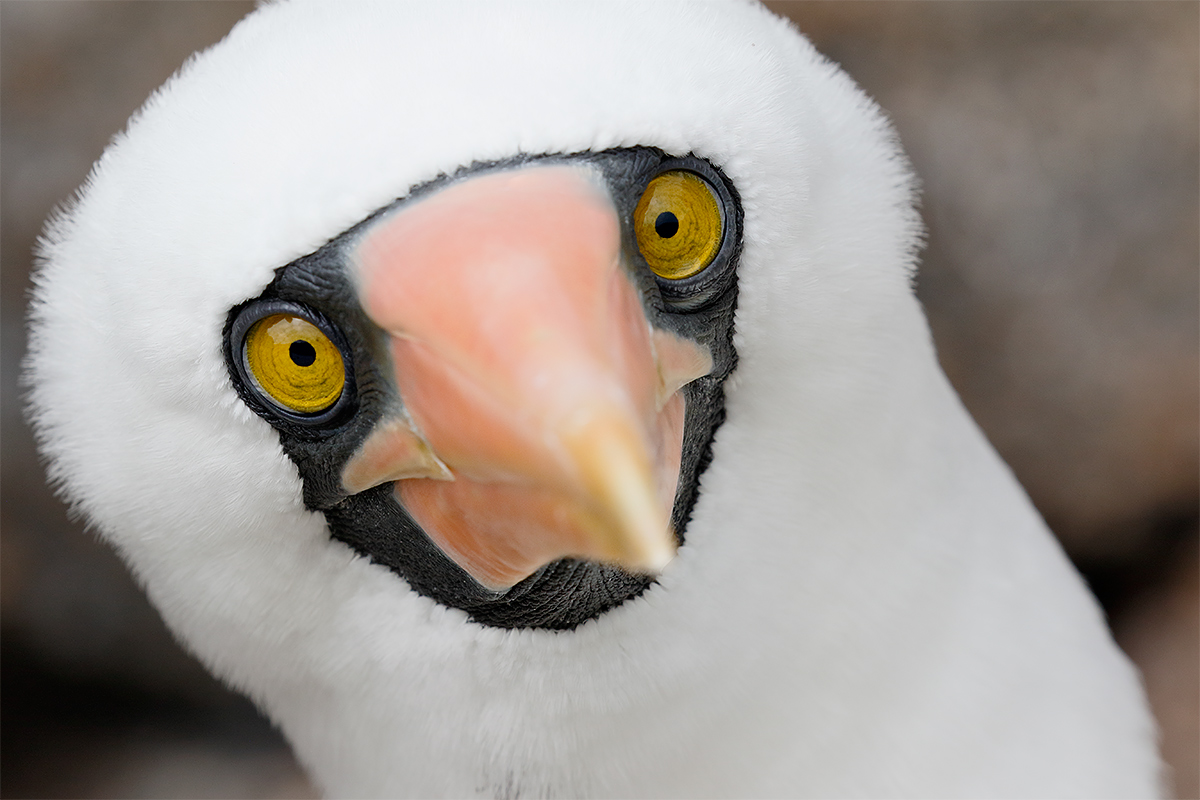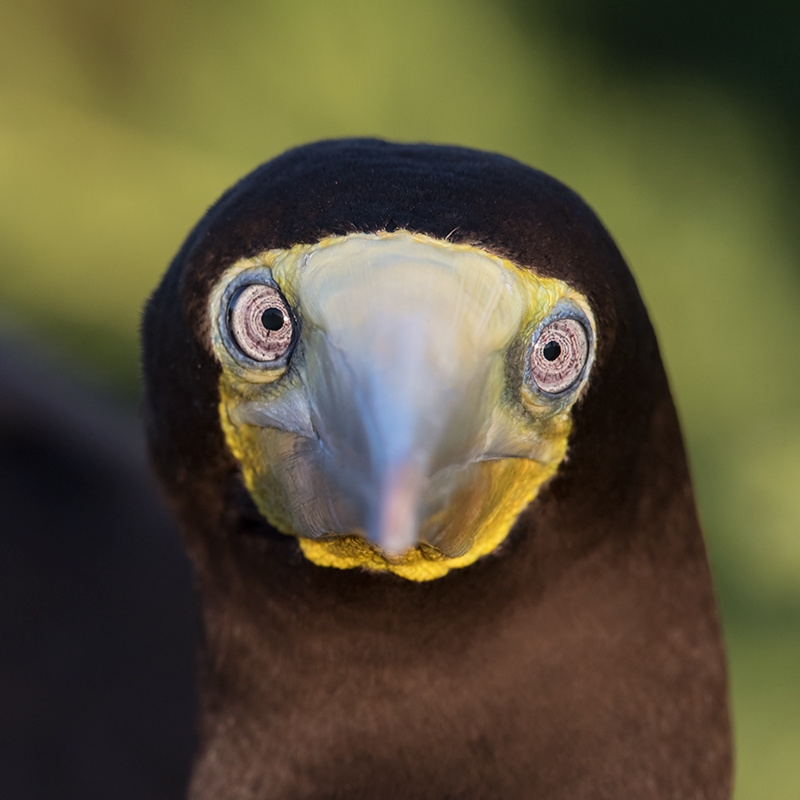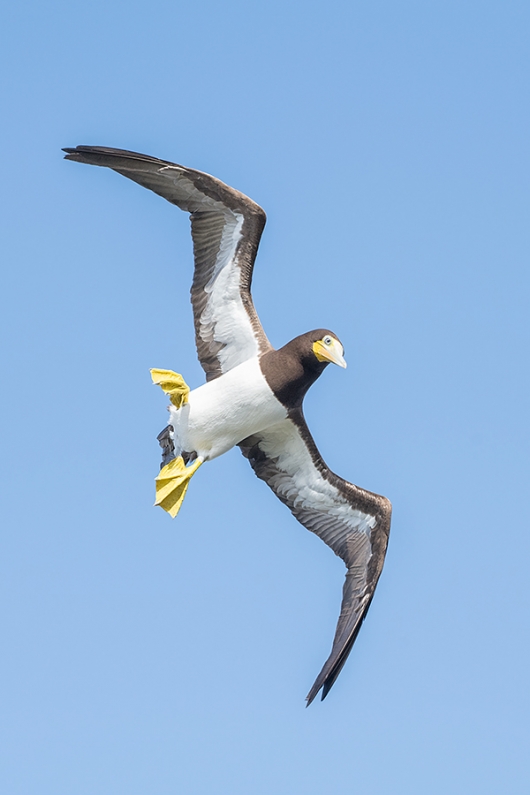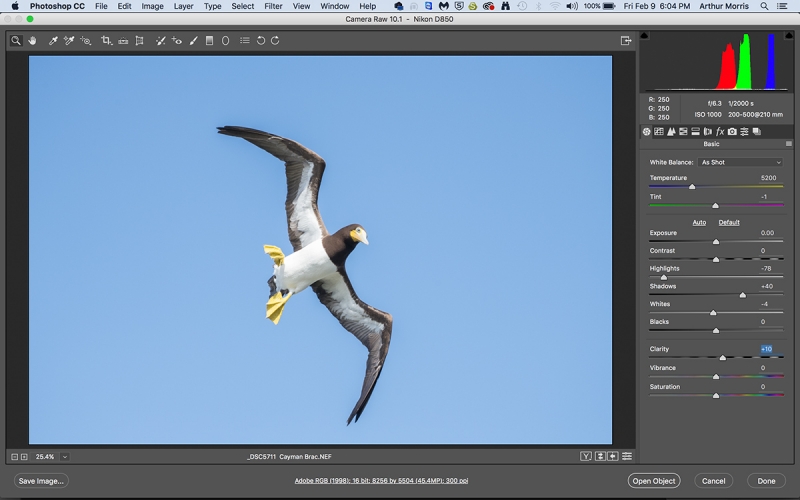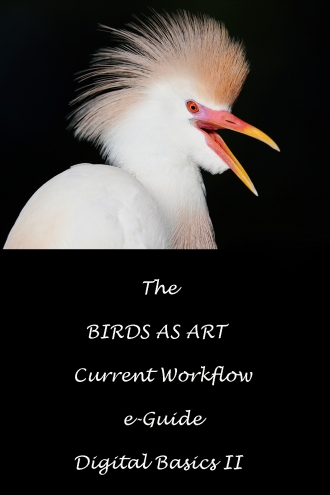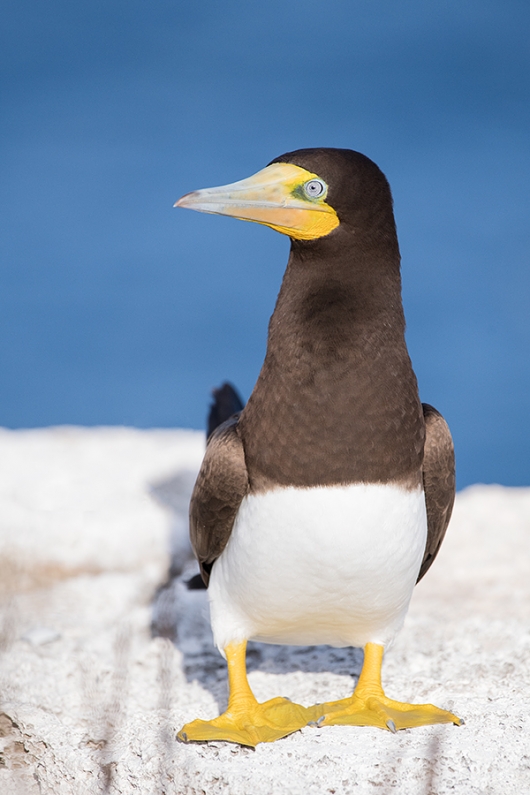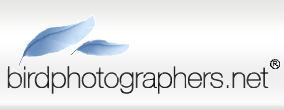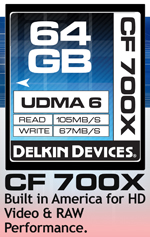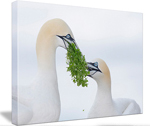Stuff
We had another great morning with the Brown Boobies. We were very careful on the jagged limestone cliffs … Tired of the heat and the bright sun we delayed our afternoon outing till 4:30pm. As I walked to the car it was drizzling. And there were big lovely clouds. We had our best afternoon of the trip as the big chick and her mum were quite cooperative and the pair nearby that had disappeared returned and spent the afternoon deciding which of two nests to build. All three of us were elated as we walked off the beach at 6:38pm.
Big time thanks to Peter Kes who added a Nikon Lens chart under the Lens Chart tab above; both charts were quite helpful in preparing this blog post.
It’s not too late to join me for one of the spoonbill IPTs; both are now almost full. Please e-mail if you would like to learn about the late registration discount.
The Streak
Today makes one hundred ninety-five days in a row with a new educational blog post! This one took about five hours in all to prepare. Plus thousands of hours using the 100-400 II in the field and another hundred or so playing with the 200-500. With all of my upcoming free time (or not …), the plan right now is to break the current record streak of 480 … Good health and good internet connections and my continuing insanity willing. I was glad to learn that Gary Meyer sold his Canon EF 500mm f/4L IS USM lens in near-mint condition along with a pair of like-new Series III TCs for the (unbelievable) record low BAA price of $3458.00.


Booking.Com
Several folks on the Spoonbill IPTs used the Booking.Com link below and got great rates and saved a handsome $25.00 in the process. If you too would like to give Booking.Com a shot, click here and to earn a $25 reward on your first booking. Thanks to the many who have already tried and used this great service.
Gear Questions and Advice
Too many folks attending BAA IPTs and dozens of folks whom I see in the field, and on BPN, are–out of ignorance–using the wrong gear especially when it comes to tripods and more especially, tripod heads… Please know that I am always glad to answer your gear questions via e-mail. Those questions might deal with systems, camera bodies, accessories, and/or lens choices and decisions.
|
This image was created at Darwin Bay, Genovesa (Tower Island) at 10:01 am on Day 2 of the 2015 Galapagos Photo Cruise with the hand held Canon EF 100-400mm f/4.5-5.6L IS II USM lens (at 400mm) and the amazing Canon EOS 7D Mark II. ISO 400. Evaluative metering +1 1/3 stops off the bright white feathers on the bird’s back in hazy sunlight: 1/400 sec. at f/13 in Manual Mode. AWB. Left Upper Zone AF/AI Servo/Rear Focus AF as framed was active at the moment of exposure (as is always best when hand holding). The AF system chose the AF point three to the left of the center AF point–it was squarely on the bird’s right eye. Click here to see the latest version of the Rear Focus Tutorial. Click on the image to see a larger version. Image #1: Nazca Booby–tight face shot facing |
The Canon 100-400 L IS II Lens
In the right hands, this is a superb lens with or without a 1.4X teleconverter.
|
|
|
This image was created on Cayman Brac with the hand held Nikon AF-S NIKKOR 200-500mm f/5.6E ED VR lens and the Nikon AF-S Teleconverter TC-14E III (at 650mm), and the Nikon D850. ISO 800. Matrix metering probably +1/3 stop (as originally framed): 1/500 sec. at f/10 in Manual mode. AWB at 2:45pm on a clear sunny afternoon. Right d-25/Shutter Button AF was active at the moment of exposure with the selected AF point on the bird’s left eye. Image #2: Brown Booby, tight face detail of male |
The Nikon AF-S NIKKOR 200-500mm f/5.6E ED VR Lens
In the right hands, this is a superb lens with or without a 1.4X teleconverter. By comparing today’s two featured images carefully you can see the MFD/magnification advantage of the Canon 1-4 as both images were made just about at the MFD …
Your Favorite?
Which of today’s featured images is the stronger one? Please let us know why you made your choice.
A Comparison of the Canon 100-400mm L IS II Lens and the Nikon 200-500 f/5.6 VR
Weight, Size and Bulk
The Canon 100-400 II at 3.5 lbs. (1.59kg) is imminently more hand holdable for many folks than the Nikon 200-500. The latter tips the scales at 4.6 lbs (or 2.09 kgs). That said, I hand held the 2-5 for two weeks in San Diego without a problem and have done the same on Cayman Brac. And have never thought once about using a tripod (except when doing static subjects in the strong winds on the cliffs at the Brac). By direct comparison, the 200-500 is large and clunky; the 100-400 is relatively small and quite svelte. You can however save a bit of weight by removing the tripod collar with the Wimberley plate attached from the 2-5.
Big Advantage: Canon
IS vs VR
Both image stabilization systems are excellent. Note: for bird photography with the 200-500 I keep the VR set to Sport even when photographing static subjects. This is much the same as my keeping IS Mode 2 set all the time with my Canon lenses.
Advantage: none
Focal Length Range
For bird photography, the 2-5 with its maximum reach of 500mm is the clear winner over the 400mm maximum focal length of the Canon 1-4. That said, there are times with the Nikon 2-5 when I miss the additional 100mm at the wide end.
Advantage: Nikon
Minimum Focusing Distance (MFD)
The thing that I miss most about the Canon 100-400 II is the amazing close focus. With its MFD of 3.2 feet (about .98 meters) the 1-4 is a veritable macro lens. The 2-5 focuses down to a not-too-shabby 7.2 feet (or 2.19 meters), more than twice the MFD of the Canon 100-400 II.
The magnification of the 100-400 II is an incredible 0.31X. The magnification of the 2-5 is only 0.22X. Do note: the magnification of a zoom lens is calculated at the longest focal length at the minimum focusing distance. (And yes, for all the tech heads, I do understand that with the Canon lens you do not get a true 400mm focal length when working at or near the MFD.)
Huge Advantage: Canon
Ergonomics and Functionality
Removing the tripod collar to save weight with the Nikon 200-500 is a snap compared to the pain-in-the-ass chore of having to unscrew the tripod foot (with a Wimberley P-10 plate) attached on the 1-4II. Getting around in the field with the 1-4 on a Black Rapid Curve Breathe strap is child’s play. I like to remove the tripod foot as above but have no problem attaching the screw from the Black Rapid strap to the bottom of the camera body. I am not, however, comfortable doing that with a four and a half pound lens. I tried using the tripod collar and attaching the Black Rapid screw there but I did not like the balance. Thus, the huge problem that I have with the Nikon 2-5 is that there are no strap lugs on the lens as their are on the Canon 400 DO II (that weighs about the same as the 2-5). I need to come up with a way to carry the Nikon 2-5 on my shoulder when I am afield with my about-to-be delivered Nikon 600mm f/4. Or perhaps there is an 80-400 VR in my future …
As far as the various controls are concerned, each lens is laid out similarly and is easy to access and use the various switches.
Advantage: a slight edge to Canon; if the 2-5 had strap lugs, the edge would go to Nikon.
Performance with a 1.4X TC
The Canon 1-4 performs superbly with the 1.4X III TC. At times, it will work just fine for birds in flight. At this stage having limited experience using the 2-5 with the TC for flight, I cannot recommend that combination for flight photography. Autofocus at point blank range is quite satisfactory with the Canon set-up. AF performance with the Nikon 2-5 and the TCE 14-E III is adequate at long and mid-ranges but the speed of initial autofocus acquisition is slowed to a greater degree than with the Canon set-up. At times, the 2-5 paired with the TC-14E III, has a great deal of trouble acquiring focus at close range especially in soft light. The two tricks below have helped me; perhaps they will help you.
- #1: Move your left hand back on the barrel to the focusing ring so that you can pre-focus manually. Once you acquire focus you can move your left hand back out for better stability.
- #2: If you are attempting to acquire focus on the head of a gull with a black back (such a western or great black-backed) and the AF system is blind even when you put d-9 right on the bird’s eye, simply lower the lens to the spot where the white head meets the black back and press the shutter button half way to acquire focus. It will always do that with zero problems. When you raise the camera to compose your tight head portrait the system will generally hold focus without a problem.
Most importantly note that with the greater reach of the 2-5 you max out at 700mm while the Canon rig will get you out to 560mm.
Advantage: slight edge to Canon
Sharpness
Both with and without the manufacturer’s matching teleconverters both lenses are to my eyes, exceeding sharp.
Advantage: None
Zoom Power Ratio
Getting from 100mm to 400mm with the Canon 1-4 requires a twist of only about 90 degrees. To get from 200-500 with the Nikon lens – the same 300mm difference — requires nearly twice the rotation, about 170 degrees. This makes the 2-5 much more difficult to work with than the Canon 1-4. I am finally beginning to get the direction of zooming right with the 2-5 but I am anything but confident.
Big Advantage: Canon
Price
A new 100-400 II currently sells for $2049.00 at B&H. The Nikon 2-5 currently sells new at B&H for $1396.95.
Big Advantage: Nikon
Summary
Both the Canon 100-400 II L IS and the Nikon 200-500 f/5.6 VR are superb lenses. In the hands of competent photographers each is capable of creating high quality award winning images. Do understand that knowing where to stand, having good sharpness techniques, knowing your gear, knowing how to make sharp images, knowing how to get a workable exposure, know how to design a pleasing image, and understanding the direction and quality of light, understanding how effects of wind, knowing your subjects, and knowing how to approach birds without scaring them off are — among other factors, far more important than what system or what lens or what camera body you are using … Chew on that for a while 🙂
A Question
Did the results above surprise you? If yes, why?
Help Support the Blog
Please help support my (stupendous) efforts here on the blog by remembering to click on the logo link above each time that you shop Amazon. That would be greatly appreciated. There is no problem using your Prime account; just click on the link and log into your Prime account. With love, artie
If In Doubt …
If in doubt about using the BAA B&H affiliate link correctly, you can always start your search by clicking here. Please note that the tracking is invisible. Web orders only. Please, however, remember to shoot me your receipt via e-mail.




Please Remember to use my Affiliate Links and to Visit the New BAA Online Store 🙂
To show your appreciation for my continuing efforts here, we ask, as always, that you get in the habit of using my B&H affiliate links on the right side of the blog for all of your photo and electronics purchases. Please check the availability of all photographic accessories in the New BIRDS AS ART Online Store, especially the Mongoose M3.6 tripod head, Wimberley lens plates, Delkin flash cards and accessories, and LensCoat stuff.
As always, we sell only what I have used, have tested, and can depend on. We will not sell you junk. We know what you need to make creating great images easy and fun. And please remember that I am always glad to answer your gear questions via e-mail.
I would of course appreciate your using our B&H affiliate links for all of your major gear, video, and electronic purchases. For the photographic stuff mentioned in the paragraph above, and for everything else in the new store, we, meaning BAA, would of course greatly appreciate your business. Here is a huge thank you to the many who have been using our links on a regular basis and those who will be visiting the New BIRDS AS ART Online Store as well.
Be sure to like and follow BAA on Facebook by clicking on the logo link upper right. Tanks a stack.
Typos
In all blog posts and Bulletins, feel free to e-mail or to leave a comment regarding any typos or errors. Just be right :).

